Olympus or OM System has always been an innovative company and often introduced first a new function. Olympus was the first company to sell only digital cameras and with the Olympus E-330, they had the first company camera with an electronic viewfinder in their portfolio. Also, OM Digitalsolution together with Panasonic introduced a mirrorless camera first. In addition, their cameras do have practical functions which are either not or only later for competitor cameras. In the current OM System cameras are the five most important functions. Please find here a small overview.
Live ND Filter in OM System cameras
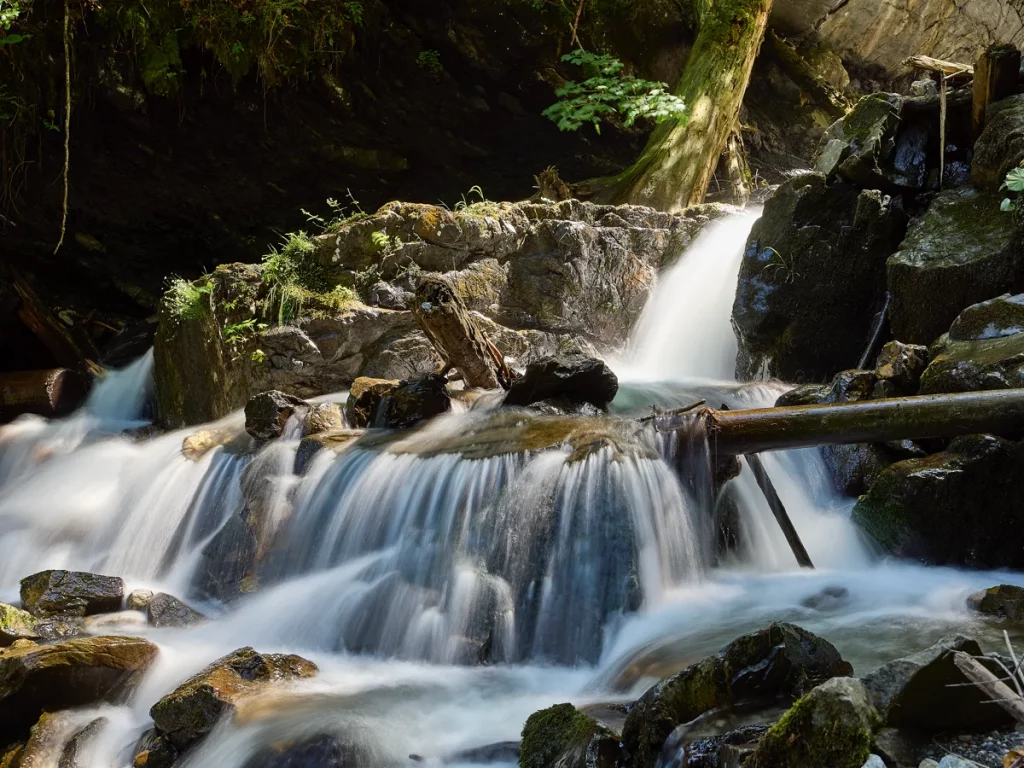
Longtime exposures are a creative possibility to show movement in a still image. However, especially in daylight conditions so far only achievable with a physical filter. Those filters need space in your bag and are relatively expensive. The Live ND Filter function in opposite can replicate the effect of longtime exposures by overlaying several images with a shorter exposure time. Therefore it is possible to take longtime exposure in bright light conditions without a grey filter, which eventually has a colour shift.
In addition, I can combine a light ND Filter with the Live ND function. In theory, you can achieve the same afterwards with image manipulation. However, the advantage of the solution in OM System camera is, that you are getting the result directly in the camera without any additional effort. In addition, the camera offers an option to preview the effect in the viewfinder. You can judge the effect before you take the image.
Focus Stacking in OM System cameras

Although the Micro Four Thirds lenses are using a larger angle of view and it has therefore a smaller depth of field, there are situations which need more depth of field. Focus stacking can help here. Focus stacking takes several images with different focus points and stitches them together into one single image with a larger depth of field. This is helpful, especially for macro images but also for landscape photography. How to focus stacking working I wrote in the article “Focus stacking and focus bracketing“, how this technology supports you in landscape photography you can find in the article “Focus stacking in landscape photography“.
HighRes Shot
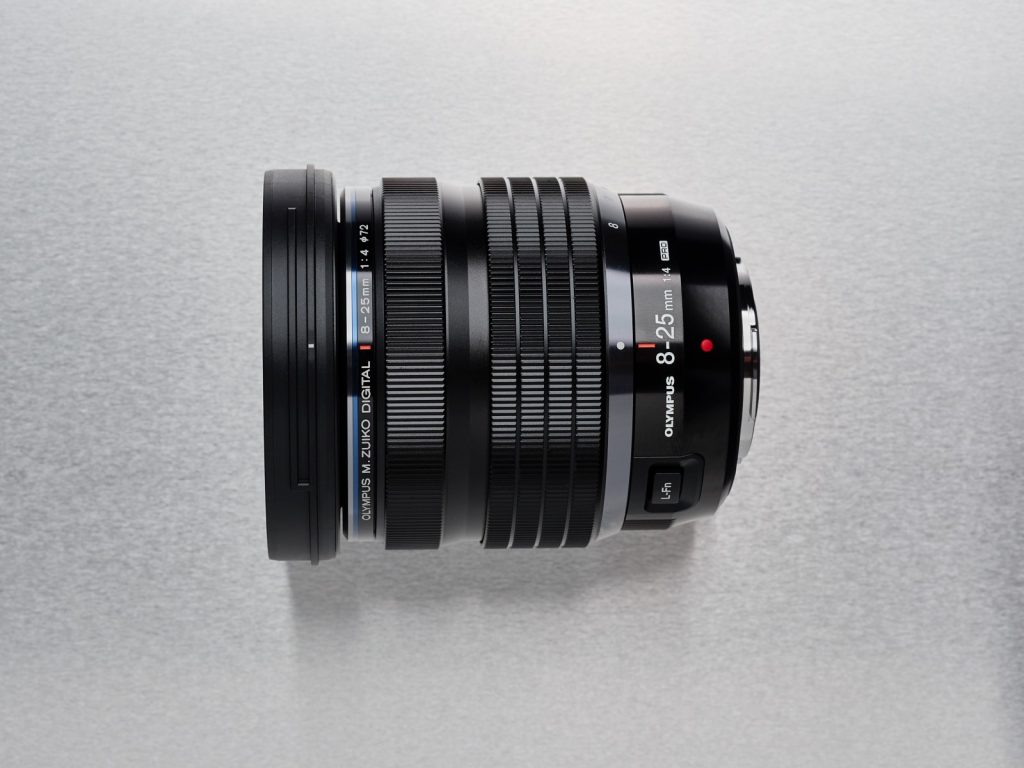
The pixel count in modern sensors is getting higher and higher. This comes with the cost of the smaller pixels, which only can keep dynamic range and noise level with technology progress. Olympus goes a different way. In case a higher resolution is needed you can use the HighRes shot. The sensor is shifted after every shot and the final images are stitched out of those images.
Image stabilisation
The basis for the HighRes Shot is the possibility to shift the sensor. This was originally introduced to stabilize the image for long periods or when using long focal lengths. This function allows it to work much longer without a tripod and increases mobility when shooting. In the best case, 8 times longer exposure times can be realized without a tripod. As image stabilisation is always on in my camera, this is the function I used most.
Pro Capture
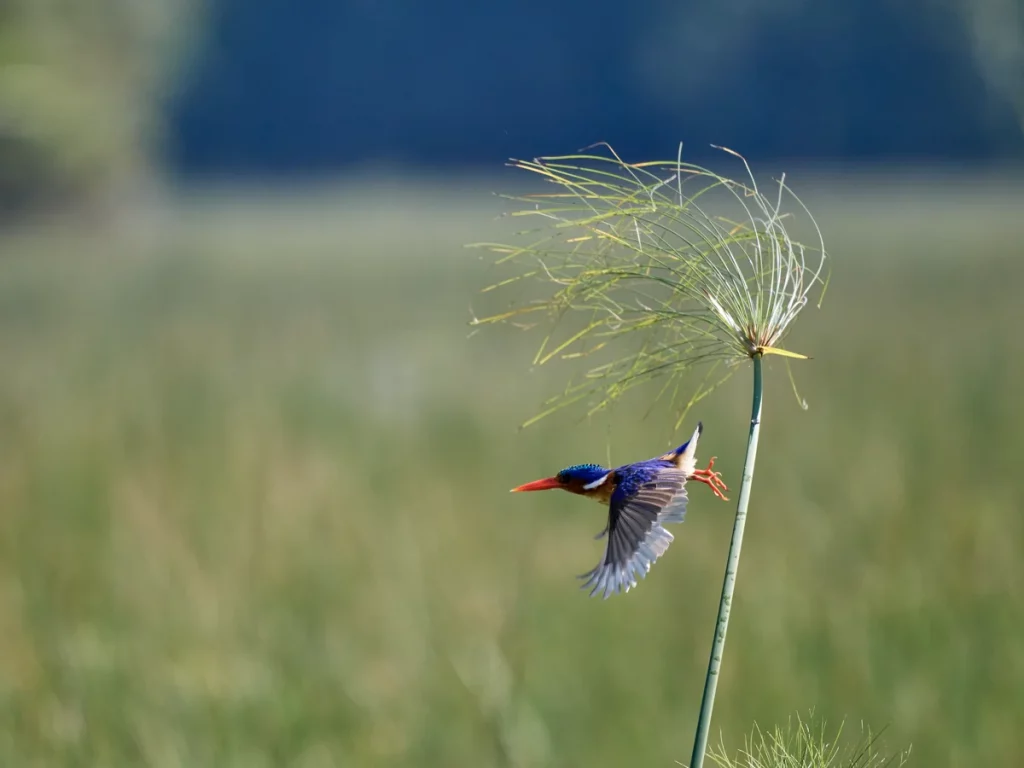
Before this feature existed, it was very difficult to capture unpredictable events. So ProCapture has made photography a little easier again. The camera records images in the buffer when the shutter release button is pressed halfway, which are then saved to the card when the shutter release button is pressed fully. This allows you to capture moments that happened before the shutter was fully released. Especially in bird photography, this is helpful when you want to photograph birds taking off.
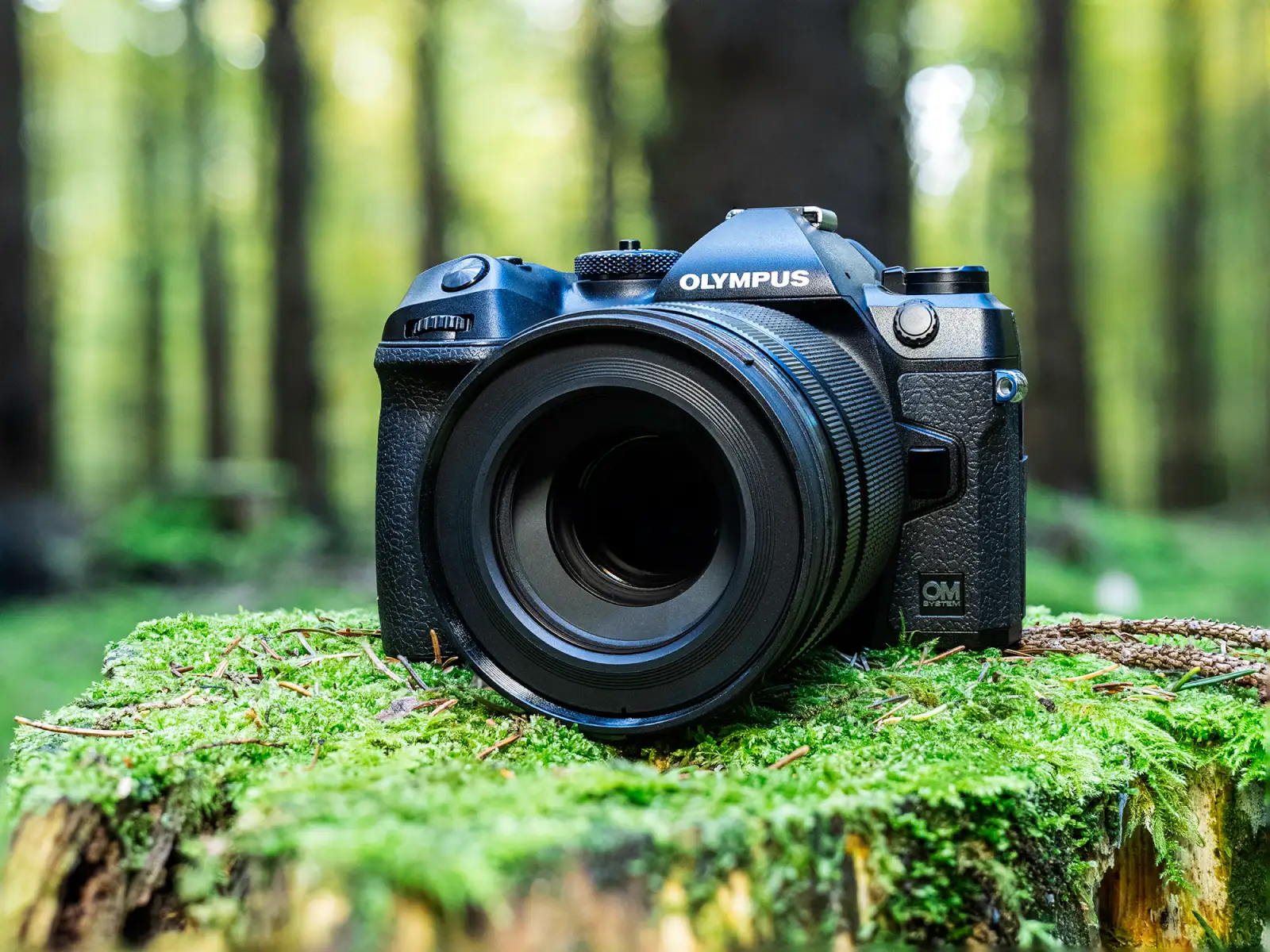
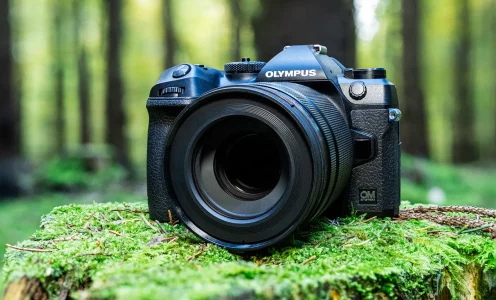


Pingback: Four OM-1 shortcuts I like - Michael Guthmann